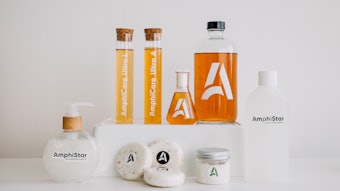The bleaching and coloring of hair has become increasingly popular over the past years. Color is produced inside the hair fiber by hydrogen peroxide-induced oxidation and coupling reactions of aromatic amines and phenols. Oxidative dyeing usually is carried out under alkaline conditions, preferably at a pH level of 9 to 10. At the time of dyeing, an alkaline emulsion containing dye components is mixed with a peroxide developer, which is stabilized for storage at a pH level of 3 to 5. The resulting color mixture then is applied to hair for 20 min to 40 min before being rinsed off with water.
Surfactants in color mixtures play important roles in the efficacy of hair color products:
• Emulsification—surfactants form stable and well-organized o/w emulsions for better solubility and distribution of dye intermediates and coupling agents.
• Wetting—surfactants provide fast and uniform wetting to accelerate the diffusion of dye intermediates and coupling agents into hair the cortex.
• Spreading and cleansing—surfactants ensure uniform dye coverage and help to remove dye residue on the hair surface that contributes to a poor feel, dull appearance and difficult combing.
Many studies have been performed on factors that affect the bleaching and coloring process. These factors include: dye solubility and distribution, coupling rates between the dye and coupling agent, diffusion rates of dye intermediates and coupling agents into the hair cortex, hair swelling rate, effect of different alkali on the dyeing process and the efficiency of dye use.

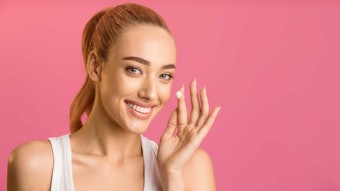


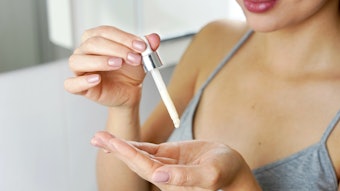


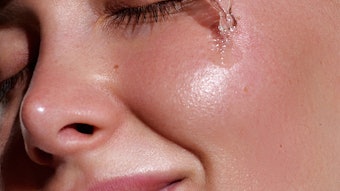
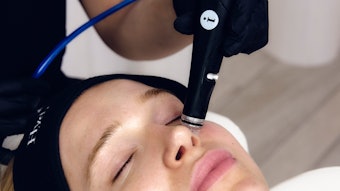
![Lead Image2 [nas] 800x450px](https://img.cosmeticsandtoiletries.com/files/base/allured/all/image/2024/10/Lead_image2__NAS__800x450px.6704042d635b8.png?auto=format%2Ccompress&fit=crop&h=191&q=70&w=340)
